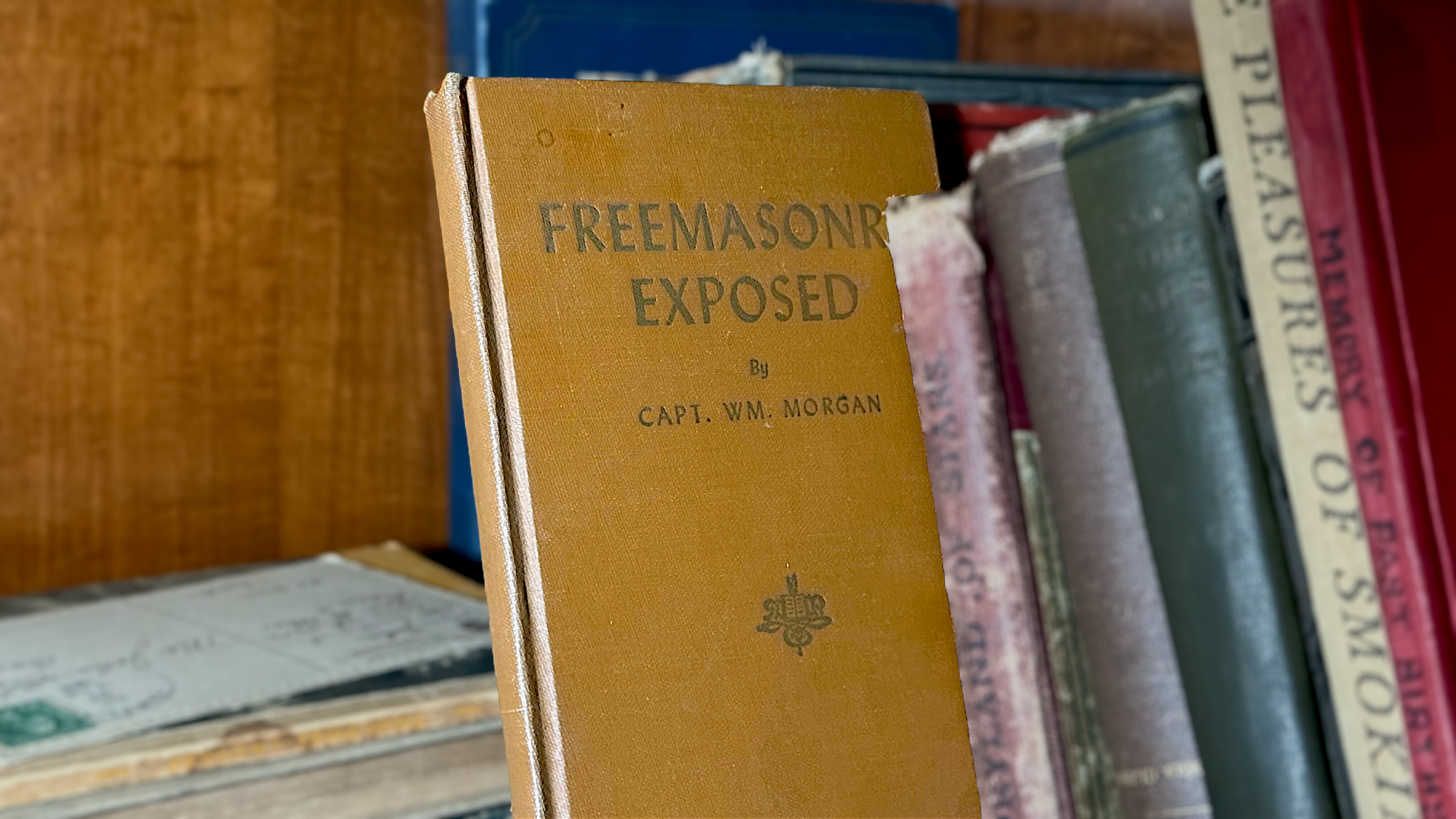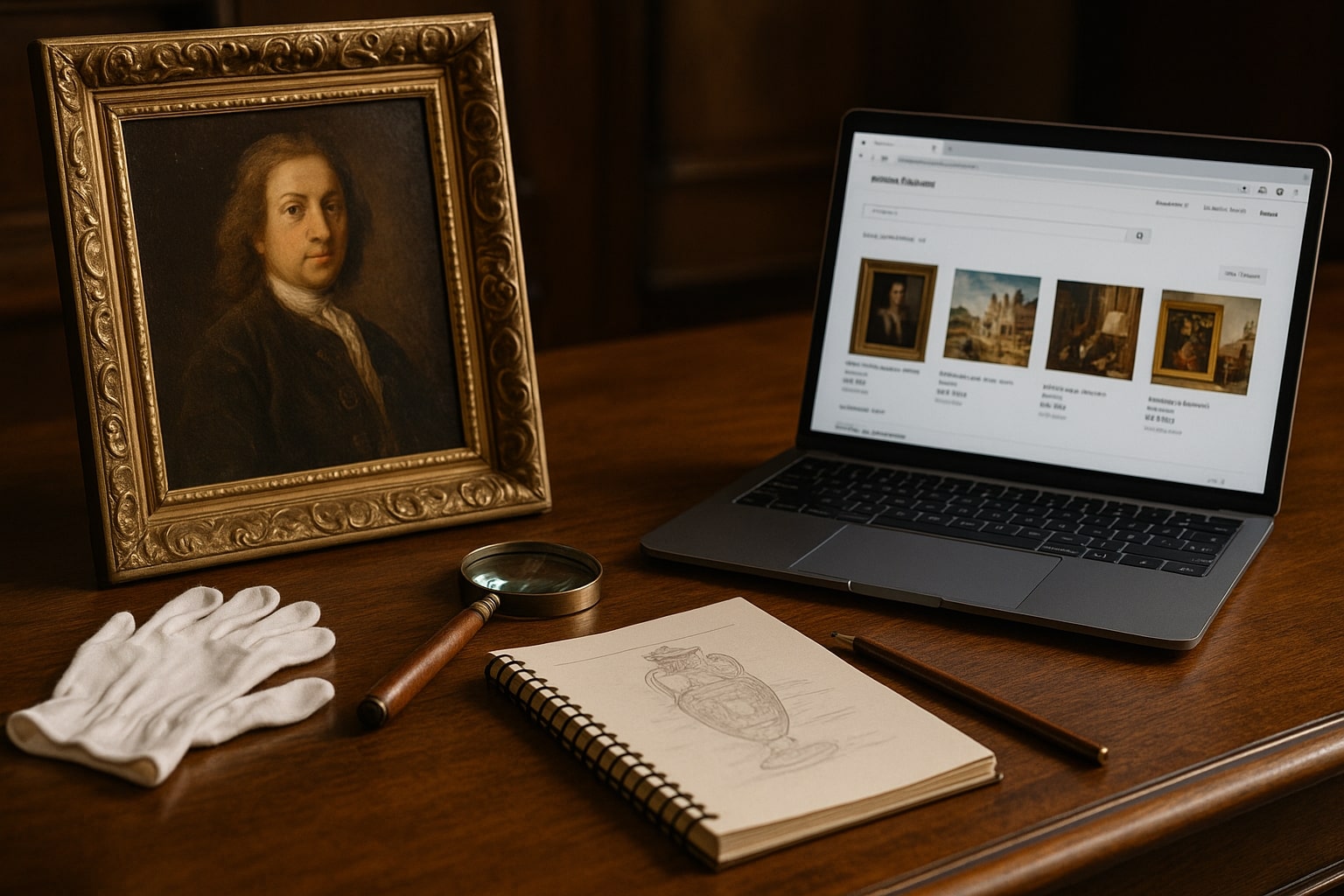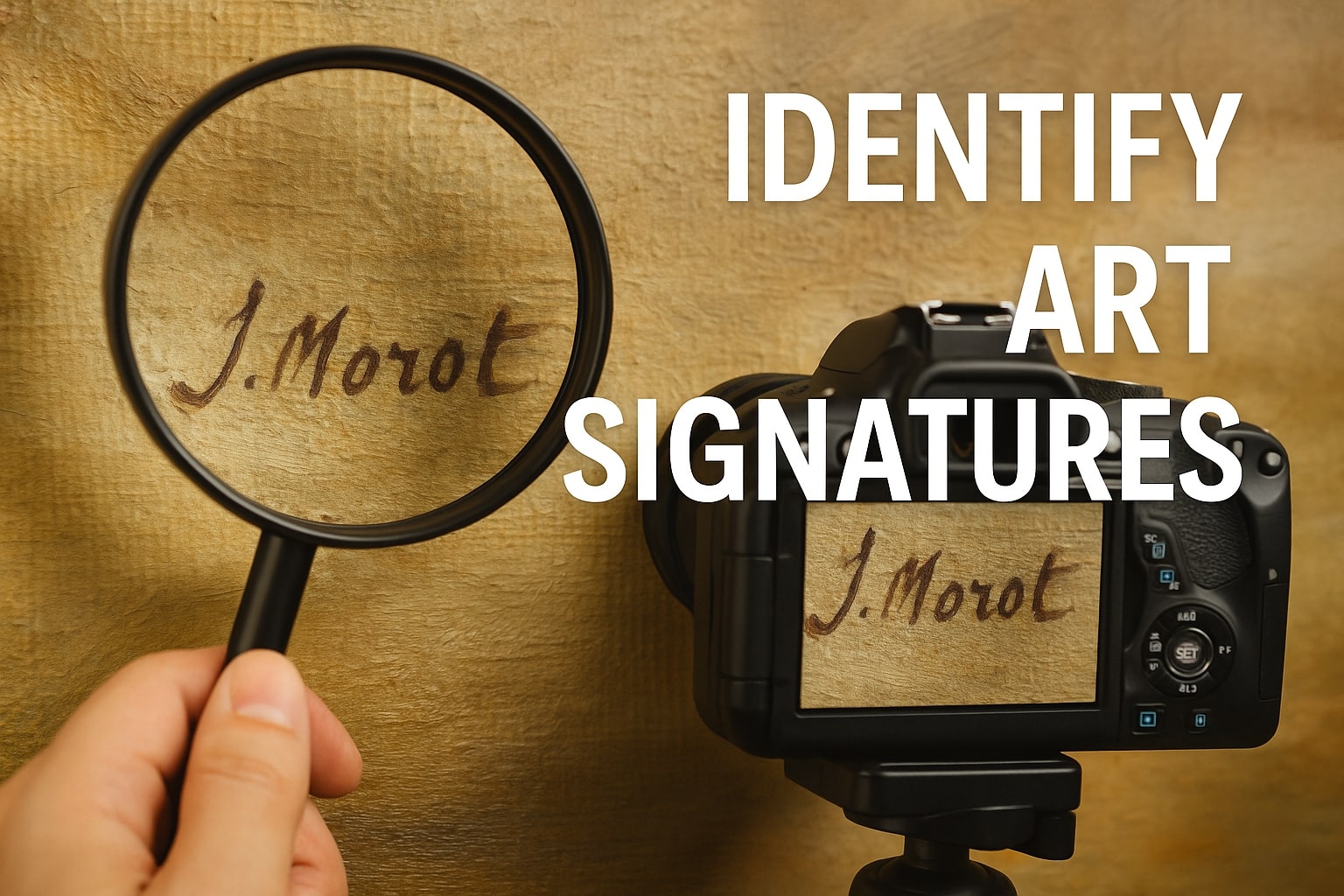The Book That Got a Man Killed: Inside Illustrations of Masonry by William Morgan
In the annals of American history, there are few books as controversial, mysterious, and impactful as Illustrations of Masonry by William Morgan. More than just an exposé of secret rituals, this 1827 publication set off a chain of events that altered the political landscape of the United States and exposed the fragile boundary between secrecy and public accountability. This book didn’t just spill secrets—it may have cost the author his life.

Who Was William Morgan?
William Morgan was an unassuming bricklayer and stonemason living in Batavia, New York, in the early 1820s. He claimed to have been initiated into Freemasonry and, disillusioned by the experience or motivated by financial need, decided to reveal the inner workings of the secretive fraternal order. Morgan prepared a manuscript, Illustrations of Masonry, promising to expose the rituals, handshakes, passwords, and ceremonies practiced by Masons in their lodges.
But before the book could hit the press, Morgan was arrested on a minor charge and subsequently vanished. Witnesses claimed he was forcibly taken by a group of Masons and never seen again. Though his fate was never confirmed, most historians agree he was likely murdered to silence him. His disappearance ignited a firestorm of public outrage and suspicion.
The Content of Illustrations of Masonry
The book itself is a detailed breakdown of Masonic ritual, structure, and symbolism. It includes step-by-step accounts of the initiation ceremonies for the first three degrees: Entered Apprentice, Fellow Craft, and Master Mason. Morgan meticulously describes secret hand signals, phrases, obligations, and even the physical layout of Masonic lodge rooms.
What made Illustrations of Masonry so incendiary was not just its content, but the context. Freemasonry was a powerful institution at the time, with deep connections in politics, law enforcement, and business. Morgan’s book suggested that this elite group operated with impunity, secrecy, and potentially even malevolence.

The Morgan Affair: A National Scandal
Morgan’s disappearance became known as “The Morgan Affair,” one of the earliest examples of media-fueled national controversy. Citizens across the country were outraged that a man could vanish without accountability simply for threatening to publish a book. The press covered the story extensively, and suspicions about the Freemasons’ unchecked influence began to rise.
Protestors demanded investigations. Ministers denounced Masons from the pulpit. Former Masons came forward with their own accounts. For a nation still defining its democratic principles, the notion that a secret organization could override law and order was intolerable.
The Birth of the Anti-Masonic Party
Out of this public uproar rose a new political force: the Anti-Masonic Party. Founded in 1828, it was the first third party in American history and quickly gained traction in New England and New York. The party campaigned on a platform of transparency, moral integrity, and opposition to secret societies.
The Anti-Masonic Party even fielded a presidential candidate, William Wirt, in the 1832 election. While Wirt lost, the party’s influence signaled a major shift in American political dynamics and contributed to the evolving two-party system. It also paved the way for future movements based on moral reform and civic engagement.
Cultural and Historical Legacy
Today, Illustrations of Masonry is recognized not just as a rebellious act, but as a cultural document. It offers valuable insight into the practices and societal influence of Freemasonry in the 19th century. While some of Morgan’s revelations are considered accurate, others have been disputed by Masonic scholars.
Regardless, the book remains a symbol of whistleblowing, resistance, and the high cost of speaking truth to power. It continues to be reprinted, studied, and debated in academic circles, historical societies, and among conspiracy theorists.
Modern digital editions, including high-quality scans like the Goodson Gallery Digital Archive Edition, preserve the original typography, illustrations, and layout of the 1827 edition. These formats allow readers to engage directly with the past, understanding the material in its historical and physical context.
Why This Book Still Matters
In an age of internet leaks, whistleblowers, and debates over transparency, Illustrations of Masonry remains eerily relevant. Morgan was, in many ways, a forerunner to the modern whistleblower. His story raises enduring questions:
- When does secrecy become tyranny?
- Should institutions with influence over public life be permitted to operate outside public scrutiny?
- What price are we willing to pay for truth?
These are questions that resonate as deeply in 2025 as they did in 1827.
Own a Piece of History
The Illustrations of Masonry Digital Archive Edition from Goodson Gallery is more than a PDF. It’s a time capsule. This first-edition replica includes:
- High-resolution scans of the original 1827 typography and engravings
- Chapter headings detailing Masonic degrees and rituals
- Detailed appendix and explanatory notes
Perfect for researchers, historians, and collectors of forbidden knowledge.
Download instantly and step inside the mystery that sparked a national movement.
Follow @GoodsonGallery on Instagram for more rare books, occult history, and antique archive editions. Limited digital preservation copies available.
“Let there be light” — and William Morgan delivered it, even at the cost of his life.











